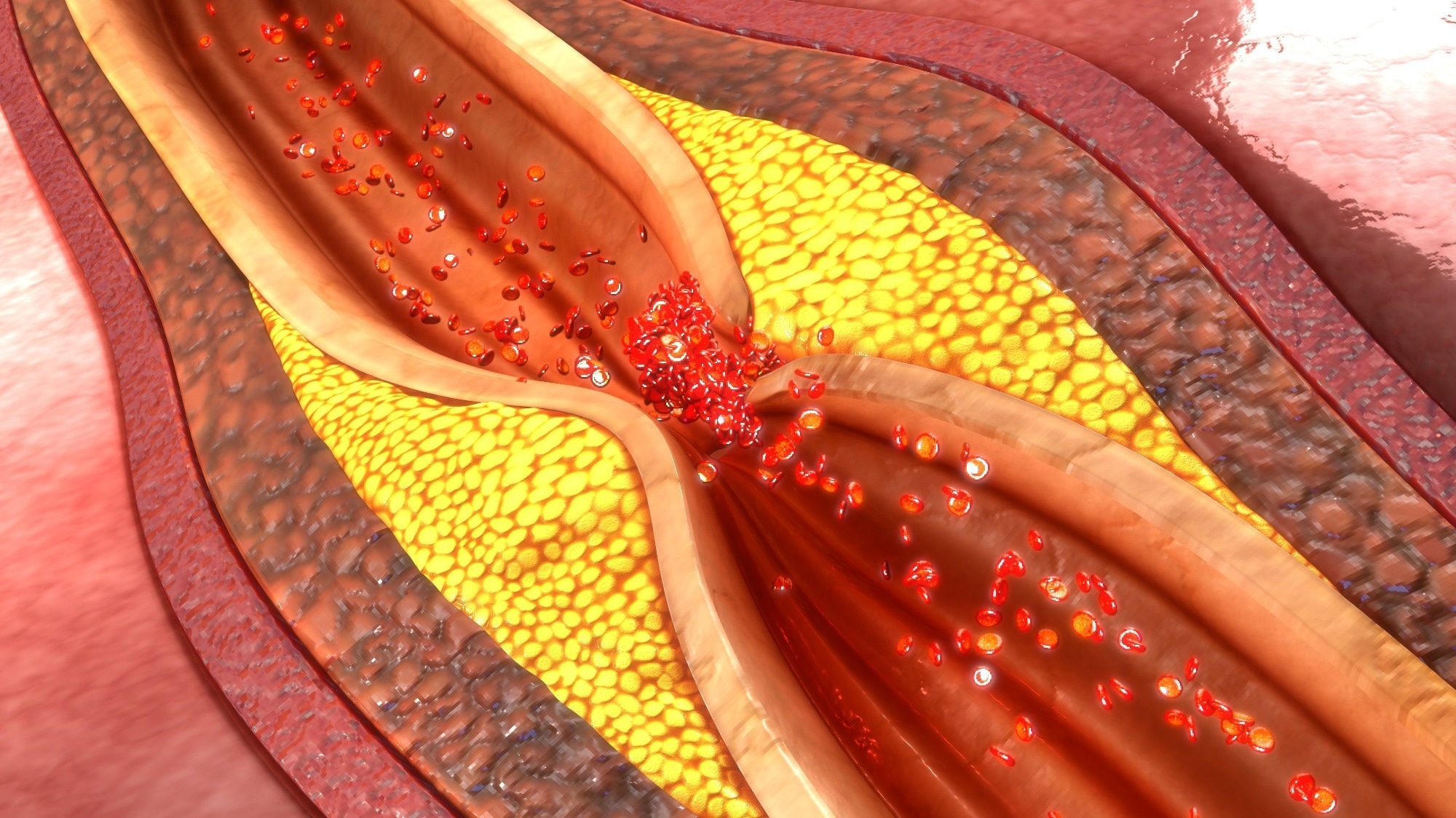Edit: This is a good review of the literature. To sum up, more calcium in the arteries of male athletes does not appear to actually increase risk. So, calcium scores likely are less significant in male athletes and as such are a poor intermediate measure for assessing risk. https://academic.oup.com/eurheartj/article/42/28/2737/6179516
End edit.
I find it fascinating that this data provides another reason to target lower intensity as advocated by Up Hill Athlete. This also argues against the push as hard as you can mentality I once had. However, it does not argue against ultra endurance.
It must be pointed out that being observational studies, these are not definitive. The cause could be something else (such a diet) specific to many athletes who engage in very high intensity exercise.

 www.news-medical.net
www.news-medical.net
It is even more interesting given the Obesity Paradox, which describes the fact that while I will see significantly more patients with CAD (coronary artery disease) who are obese, the obese CAD patients will have better outcomes than the few normal weight or underweight CAD patients I see. This is in part due to the frequency of hard, calcified plaques in the non-obese.
Edited to correct characterisation of studies. Only MARC-1 was retrospective observational. MARC-2 was prospective observational, which is a somewhat better design.
End edit.
I find it fascinating that this data provides another reason to target lower intensity as advocated by Up Hill Athlete. This also argues against the push as hard as you can mentality I once had. However, it does not argue against ultra endurance.
It must be pointed out that being observational studies, these are not definitive. The cause could be something else (such a diet) specific to many athletes who engage in very high intensity exercise.

Intense exercise encourages coronary artery calcification
A recent Circulation journal paper has focused on investigating the relationship between exercise volume and intensity and the progression of coronary atherosclerosis in middle-aged and older male athletes.
It is even more interesting given the Obesity Paradox, which describes the fact that while I will see significantly more patients with CAD (coronary artery disease) who are obese, the obese CAD patients will have better outcomes than the few normal weight or underweight CAD patients I see. This is in part due to the frequency of hard, calcified plaques in the non-obese.
Edited to correct characterisation of studies. Only MARC-1 was retrospective observational. MARC-2 was prospective observational, which is a somewhat better design.
Last edited:
